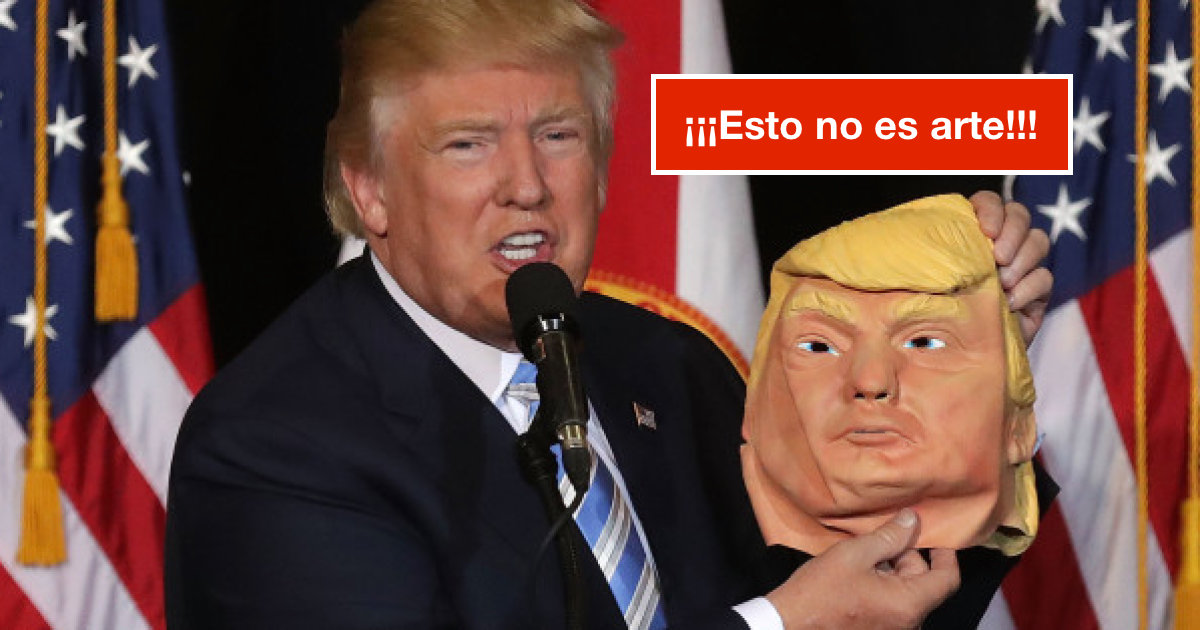
30.09.2019
From a set of perplexities that for the writer and artist Pilar Villela involves the invitation to this issue, the author points to certain areas of tension and conflict of three aspects of the artistic that survive in the transition from the modern to the contemporary.
Body Without Soul [1]
Machiavelli…thinks of the fox not in terms of its internal nature as “cause” but only in its effects of semblance. To think that certain people harp on the “theater” of politics as if its reality and its discovery were new things!
—Louis Althusser [2]



The axes are aligned, predictably, giving “the Latin American” a political urgency (for it corresponds to a body of up-dated power), while reserving the place for thought for a “West” that, somehow, does not have a place (expanse), since its primary characterization as difference is not that of its actuality.

From the translation of “Cuerpo sin alma,” a song by Las Colombianitas: “That’s why youuuuuu will not / will not be for me / Because I look for a body, / a body but that carries in itself, / itself a spirit of love, of love and truth, of love and loyalty, of love and holiness.”
Louis Althusser, “The Only Materialist Tradition. Part 1: Spinoza,” in The New Spinoza eds. Warren Montag and Ted Stolze (Minneapolis: University of Minessota Press, 1997), 167.
Baruch Spinoza, The Ethics [Ethica Ordine Geometrico Demonstrata], trans. R. H. M Elwes (Adelaide, Australia: The University of Adelaide ebooks@adelaide. com, 2014) https://ebooks.adelaide.edu.au/s/spinoza/benedict/ethics/index.html
This doesn’t deal with how “art” could be a subject. Here, I am referring to its institutions, its agents, its speeches, etc.
The idea that the revolution is going to be made out of the museum seems delirious, just as it seems delirious to say that an armed conflict will be stopped by distributing, building, or implementing tololoches. (The tololoche is traditional instrument from Northern Mexico, similar to the European double bass.)
Of course, one should also doubt that sheer act or its conditions.
I worked on this question for the first time in my undergraduate thesis entitled Discursos y arte alternativo en México
en los noventas; una aproximacióncrítica [Discourses and Alternative Art in Mexico in the Nineties: A Critical Approach]. Although it has been read as a collection of stories, my main interest was to find a possible articulation between the autonomy of art, its capacity for political action, and its historicity by studying a set of concrete and local cases. That no one has read it in this way to date attests to the failure of that attempt. It can be consulted at: http://132.248.9.195/pd2001/293127/Index.html
In this context, the opposition between the people and the multitude is significant.
“For the body does not consist of one member, but of many. If the foot should say, “Because I am not a hand, I do not belong to the body,” that would not make it any less a part of the body. And if the ear should say, “Because I am not an eye, I do not belong to the body,” that would not make it any less a part of the body. If the whole body were an eye, where would be the sense of hearing? If the whole body were an ear, where would be the sense of smell?” 1 Corinthians 12:14-26, English Standard Version.¿por eso no será del cuerpo? Y si dijere la oreja: Porque no soy ojo, no soy del cuerpo: ¿por eso no será del cuerpo? Si todo el cuerpo fuese ojo, ¿dónde estaría el oído? Si todo fuese oído, ¿dónde estaría el olfato?” Corintios 1: 12, Reina Valera, 1909.
Spinoza, Ethics.
Comments
There are no coments available.